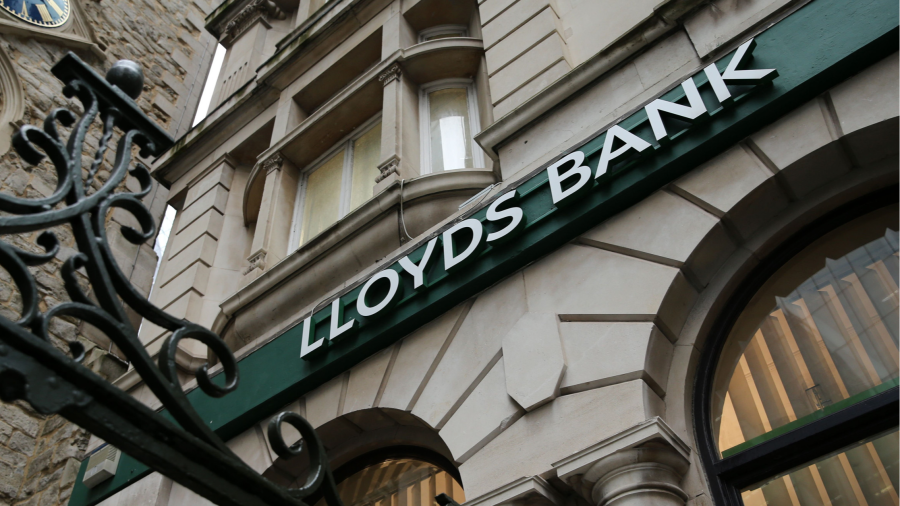
Profits at Lloyds bank dropped by a quarter in the three months to September as the lender sharply pushed up its provisions for bad debts, offsetting the boost it received from rising interest rates.
The UK bank said on Thursday that its pre-tax profit for the third quarter was £1.5bn, down 26 per cent year on year and well below analysts’ forecast of £1.8bn.
Lloyds took £668mn of provisions for potential defaults, compared to a release of £119mn in the same period last year and above analysts’ estimate of £285mn.
The lender blamed a deteriorating economic outlook with UK inflation hitting a 40-year high in October, although it was currently seeing only “very modest evidence of deterioration” in its credit performance.
“The current environment is concerning for many people and we are committed to maintaining support for our customers,” said chief executive Charlie Nunn.
Net income for the quarter came in at £4.6bn, a 13 per cent year-on-year increase and ahead of analysts’ expectations of £4.4bn. Like other European banks, Lloyds has benefited from rising interest rates, which boost its net interest margin, the difference between the interest it charges on loans and what it pays to consumers for deposits.
Lloyds also paid a pension deficit contribution of £0.5bn in the third quarter, bringing the total this year to £1.8bn. “The impact of recent volatility has had no material impact on the funding position of the pension schemes,” the bank said.
The lender updated some of its guidance, with net interest margin now expected to be greater than 290 basis points, up from more than 280 basis points in the half-year results.